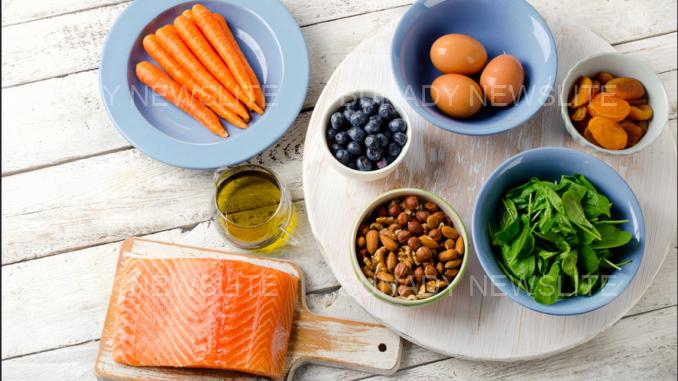The importance of maintaining good eye health cannot be stressed enough. Our eyes play a vital role in our daily lives, allowing us to see and experience the world around us. However, as we age, our eyes become susceptible to various diseases, one of which is cataract. Cataract is a condition characterized by the clouding of the lens, leading to blurry vision and, if left untreated, eventual blindness.
Fortunately, nature offers us a solution in the form of certain vegetables. Incorporating these vegetables into our diet can reduce the risk of suffering from cataract and other eye diseases. In this article which is in accordance to healthline, we will explore the top vegetables that promote eye health and delve into the science behind their benefits.
Spinach
Spinach is often hailed as a superfood, and for good reason. This leafy green vegetable is packed with nutrients that are beneficial to our eyes. One such nutrient is lutein. Lutein is a carotenoid pigment that acts as an antioxidant in the body. It is primarily stored in the retina and lens, protecting them from damage caused by sunlight and harmful free radicals. Studies have shown that individuals consuming higher amounts of lutein have a reduced risk of cataract formation. Additionally, spinach is rich in vitamin C, which further aids in preventing cataracts by strengthening the collagen in the lens.
Carrots
Carrots are famous for being good for our eyes, and for good reason. They are an excellent source of beta-carotene, a precursor to vitamin A. Vitamin A is an essential nutrient for maintaining good vision. It helps to form rhodopsin, a pigment necessary for low-light and color vision. A deficiency in vitamin A can lead to night blindness and other vision problems. By including carrots in our diet, we can ensure an adequate intake of beta-carotene, promoting healthy eyes and reducing the risk of cataracts.
Kale
Kale is another vegetable that should be on your radar for maintaining good eye health. Like spinach, kale is rich in lutein, making it an excellent choice for preserving eye health. Furthermore, kale also contains zeaxanthin, another carotenoid pigment that is concentrated in the retina. Zeaxanthin acts as a natural sunscreen for the eyes, protecting them from harmful ultraviolet rays. By adding kale to our diet, we can enhance our intake of these important carotenoids, reducing the risk of cataract formation and other eye diseases.
Broccoli
Broccoli, although often overlooked in discussions about eye health, is a powerhouse vegetable when it comes to protecting our eyes. It is particularly rich in two antioxidants: lutein and zeaxanthin. As mentioned earlier, these pigments are crucial for maintaining good eye health. Additionally, broccoli is a great source of vitamin C, which is also known to reduce the risk of cataracts. Including broccoli in our meals can provide our eyes with a range of beneficial nutrients, helping to prevent cataract and other eye diseases.
Bell Peppers
Bell peppers, especially the brightly colored varieties, are not only visually appealing but also beneficial for our eye health. They are loaded with vitamin C, which plays a vital role in maintaining the health of blood vessels within the eyes. Strong and healthy blood vessels ensure that the eyes receive adequate nutrients and oxygen. Additionally, bell peppers contain other important antioxidants such as beta-carotene and zeaxanthin, further protecting the eyes from damage. Consuming bell peppers regularly can significantly reduce the risk of cataract formation and promote overall eye health.

